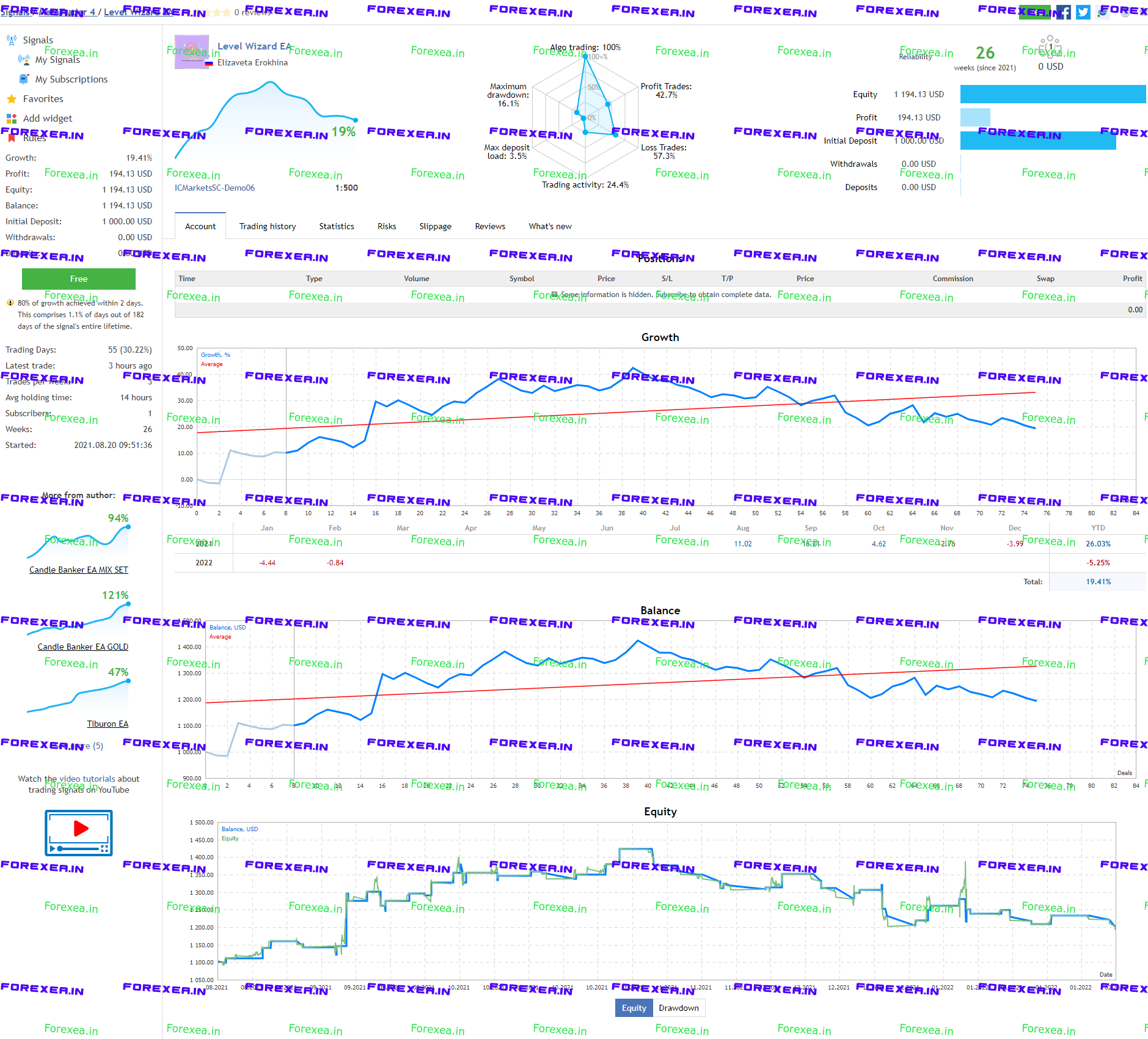Embarking on an international escapade can be a thrilling experience, but it’s essential to be aware of the hidden costs that can lurk around the corner. One such cost that often surprises travelers is the conversion charge on forex cards.

Image: www.extravelmoney.com
Forex cards, also known as travel cards, are prepaid cards that allow you to load multiple currencies and conveniently spend abroad. While they offer a convenient and secure way to manage your finances during overseas adventures, it’s crucial to understand the conversion charges associated with them.
Understanding Conversion Charges on Forex Cards
When you use a forex card to make a transaction in a foreign currency, the issuer of the card will convert the amount into your home currency. This conversion involves a fee known as the conversion charge.
The conversion charge typically ranges from 1% to 3% of the transaction amount, depending on the card issuer and the currency being exchanged. Some cards may also impose a flat fee for each transaction, irrespective of the amount.
It’s important to note that conversion charges can add up significantly, especially if you make frequent transactions or exchange large amounts of money. Therefore, it’s essential to compare the conversion rates and fees of different forex cards before choosing one that suits your needs.
Factors Influencing Conversion Charges
Several factors can influence the conversion charges on forex cards:
- Type of Card: Different types of forex cards, such as standard, premium, and multi-currency cards, may have varying conversion charges.
- Card Issuer: Different card issuers may have their own conversion rate spreads, which can impact the charges you pay.
- Currency Spread: The difference between the buy and sell rates of a currency pair can affect the conversion charge. Some currencies may have wider spreads than others.
- Cross-Border Transactions: When using your forex card outside of its home country, you may incur additional conversion charges for cross-border transactions.
Minimizing Conversion Charges
While conversion charges on forex cards are inevitable, there are ways to minimize their impact:
- Compare Conversion Rates: Before purchasing a forex card, compare the conversion rates and fees of different cards. Choose a card that offers competitive rates and low fees.
- Use Your Card Wisely: Avoid making small and frequent transactions, as they accumulate conversion charges faster. Instead, make fewer but larger transactions.
- Look for Flat-Fee Cards: If you plan on making many small transactions, consider a forex card with a flat fee per transaction, regardless of the amount.
- Spend in Local Currency: If possible, try to spend in the local currency to avoid currency conversion charges altogether.

Image: www.forex.academy
Conerstion Charges On Forex Card
Conclusion
Conversion charges on forex cards can be a significant expense, but by understanding these charges and taking the necessary steps to minimize them, you can save money and enjoy a hassle-free international experience.
Remember to compare conversion rates, use your card wisely, and consider your spending patterns when choosing a forex card. By being informed and strategic, you can make the most of your international escapades without the burden of excessive conversion charges.






